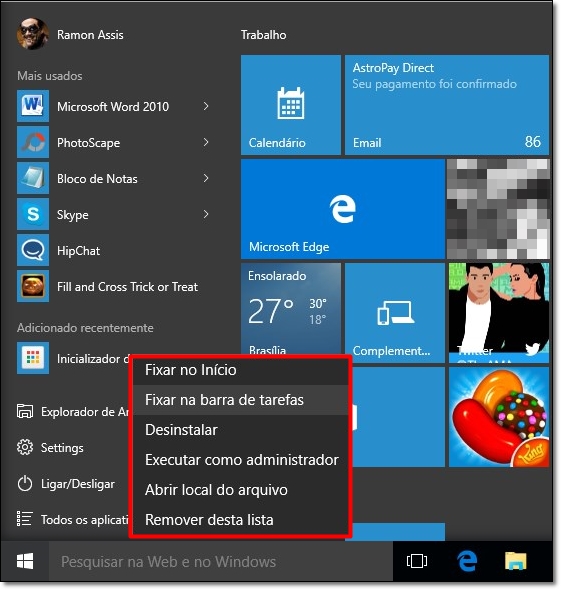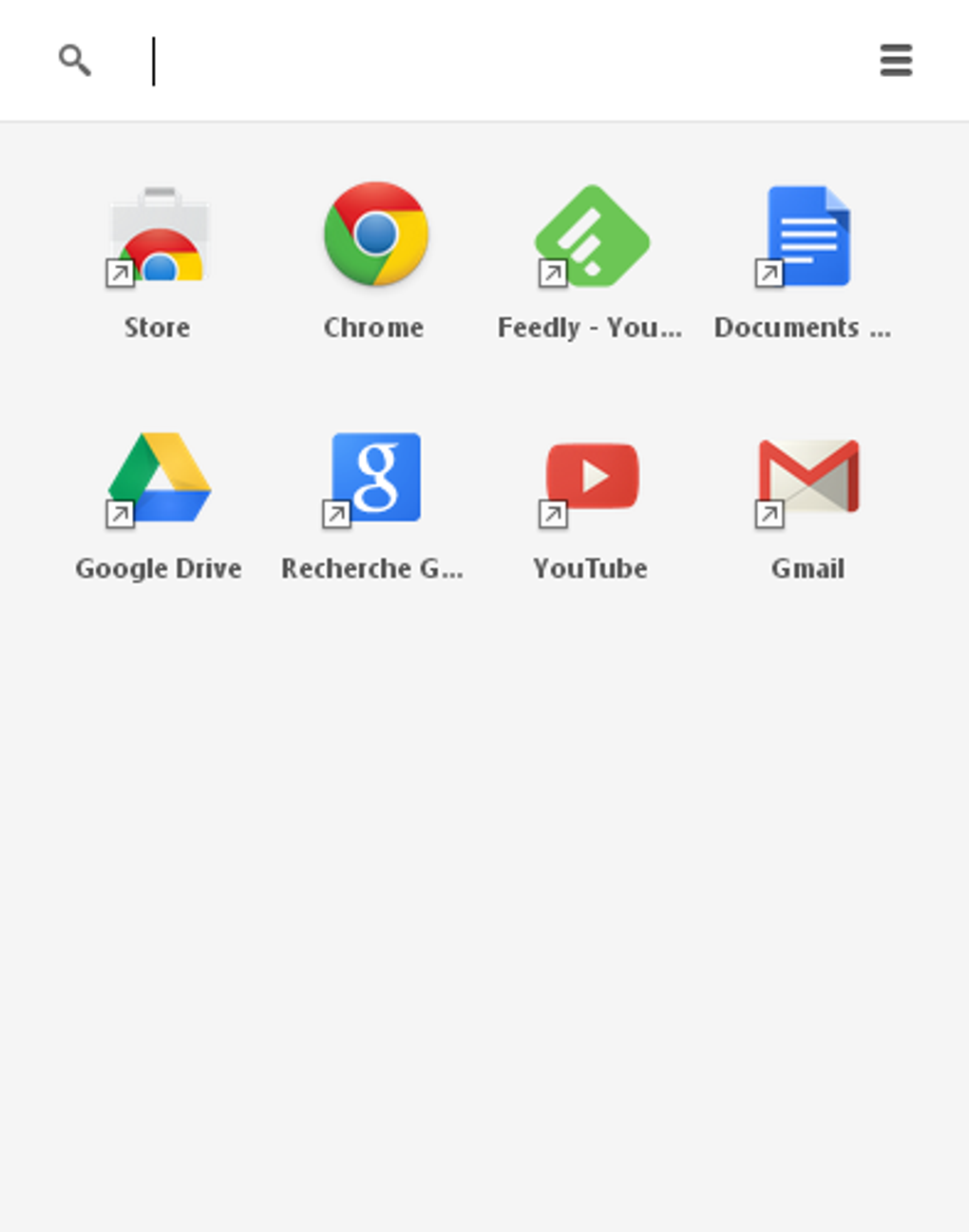2021. 5. 20. 07:50ㆍ카테고리 없음
- Chrome://apps Remote Desktop
- How To Add Chrome Apps To Launcher Mac Download
- How To Add Chrome Apps To Launcher Macbook
- How To Add Chrome Apps To Launcher Mac Download
Open the Chrome Web Store. Search or browse for the app you want. Click Add to Chrome. Run Terminal.app then use the following command: open /Applications/Google Chrome.app -args -enable-speech-input This will launch it once using your parameter. From there you could make an alias to make it easier to launch from the terminal or write an AppleScript to make it double clickable. Find more information here. X: Chrome's new app launcher, which has been available on Windows for awhile, is now available on the Mac in Chrome's Dev and Beta channels. With it, you can launch Chrome apps right from. Windows RT differs greatly from Windows 8.With Windows RT, you can't install any desktop app you want and are limited mostly to the tiled Metro apps. A jailbreak, however, is available now that. X: Chrome's new app launcher, which has been available on Windows for awhile, is now available on the Mac in Chrome's Dev and Beta channels. With it, you can launch Chrome apps right from. Jun 02, 2013 I now have the Chrome App Launcher running on my Mac! This is awesome! I like it a lot. I feels more and more like having Chrome OS running above OS X on my Mac:) Exactly as I have said we will.
The latest developer channel release of Google Chrome for Mac houses a number of flags that change the way ‘Hosted Apps’ are handled.

Chrome://apps Remote Desktop
We saw in December how Google plans to make Hosted Apps a consistent part of the Chrome OS and Windows experience using new ‘window frames’ housing navigation controls and URL information.
Running these web-based applications, glorified bookmarks that are now listed under ‘Websites’ on the Chrome Web Store, alongside offline savvy Chrome Apps on OS X is harder than on other desktop operating systems (Mac builds of Chrome don’t use the Aura UI framework).
But Chrome is tackling the experiential differential. Three changes in the latest Chrome Dev Channel release make using Hosted Apps on OS X easier, two in the form of flags, and one by default:
- ‘Hosted App Shims’ — app launchers for Spotlight, Launchpad, Dock
- ‘On Quit Notification’ — stops Hosted Apps closing when Chrome is quit
- Navigation controls in menu bar — back, forward and reload options
Before we take a closer look at each change in turn, remember that (as with all experimental features) what’s listed below is subject to change and is not guaranteed to filter down to stable channels.
Hosted App Shims

Chrome Apps can be launched from pretty much anywhere on OS X. They appear in the Chrome App Launcher, Spotlight, Launchpad and Finder, and lodge a separate entry in the Dock like a regular native Mac app.
When set to run in their own window, Hosted Apps (like Gmail, Google Docs, Google Maps, etc.) currently behave differently. Their launchers appear in the Chrome App Launcher only and are not listed as separate or pinnable entries in the Dock.
The new “mac app shim” flag in the latest Chrome Dev builds fixes these issues in one swoop. It gifts newly installed url apps — note the ‘newly installed’ bit; it doesn’t yet affect those already installed — their own independent app shortcut, icon and OS presence.
That means you can switch between open apps in the Dock and launch them from Spotlight, Launchpad, Alfred, and so on.
Navigation Controls
Navigating Hosted Apps set to run in their own window is easier in the latest dev build. Basic navigation controls are now listed in the menu bar. These are History > back, forward and View > Reload.
Background Mode Notification
In current builds you can quit Chrome and all Hosted Apps at the same time. But say you’re midway through working in Pixlr Editor or a Word Online document – that wouldn’t be ideal.
With the ‘Display a notification when quitting Chrome if hosted apps are currently running’ flag enabled in the latest Chrome for Mac Dev builds you get a warning prompt when attempting to close the browser with apps in the background .
This warning prompt is already in use for Chrome Apps.
Chrome App Integration on OS X Is Nothing New
Google began trialling Finder integration for Chrome Apps on OS X last year and more recently added the ability to open Google Drive files from the website directly in local apps, with all changes made being synced back to the cloud.
Hosted Apps — or “websites” as Google now calls them — remain glorified bookmarks, even with this new set of system integration. But don’t count them out entirely.
Google’s working on new initiatives, like Service Workers, to offer powerful new features to “websites”. While largely targeted to mobile use cases (i.e., a website can run offline and update in the background, like an app can), expect to reap benefits on the desktop side, too.

Launchpad is an easy way to find and open apps on your Mac. You can even arrange and organize your apps into folders.
How To Add Chrome Apps To Launcher Mac Download
Open an app
How To Add Chrome Apps To Launcher Macbook
- Click the Launchpad icon in the Dock, or pinch closed with your thumb and three fingers on your trackpad. Then click an app to open it.
- You can also type an app's name to find the app in Launchpad, then press the Return key to open it.
- To close Launchpad without opening an app, click the background, or pinch open your thumb and three fingers.
How To Add Chrome Apps To Launcher Mac Download
Organize apps
- Arrange apps: Drag an app to a new location.
- Create a folder: Drag an app onto another app.
- Close a folder: Click outside the folder.
- Rename a folder: Open a folder and click its name. Then enter a new name.
Add or remove an app
- Apps that you download from the App Store or that are included with macOS automatically appear in Launchpad. If you download an app from another source, you can add it to Launchpad by moving the app to your Applications folder.
- Learn how to delete an app from your Mac, which also removes the app from Launchpad.